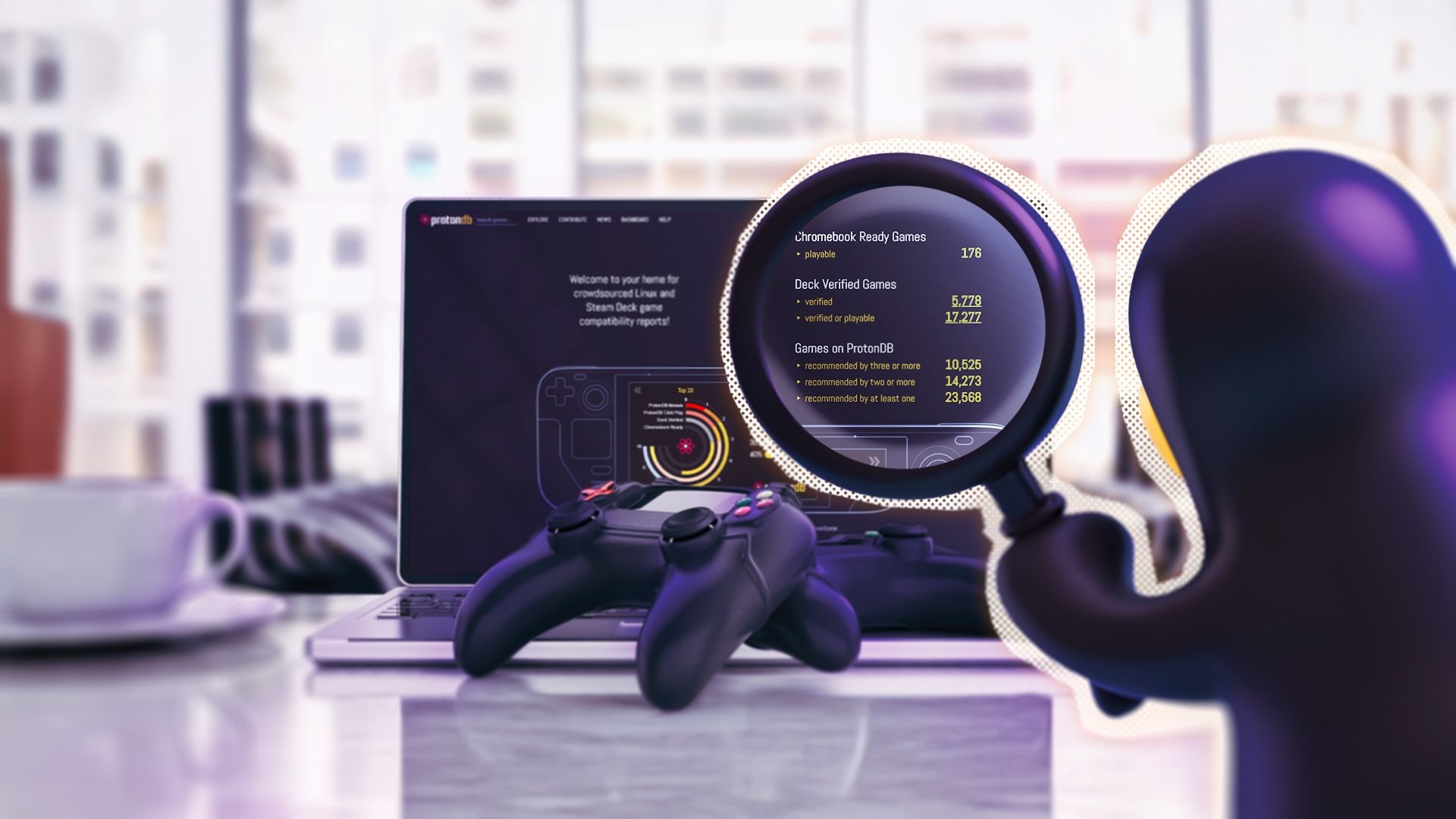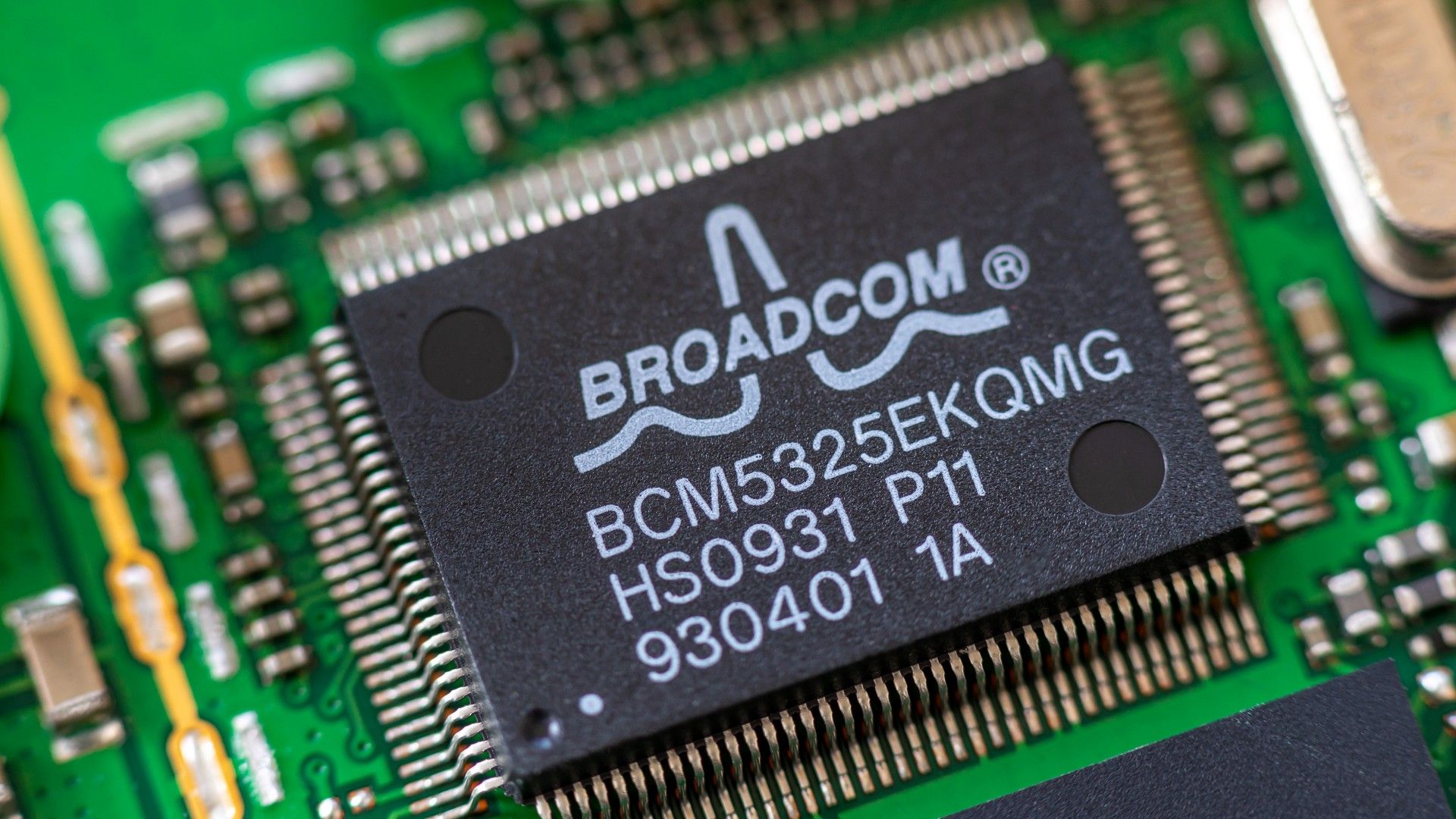I’ve been regularly using Linux in various forms for around six years now, and in my time I’ve encountered my fair share of confounding and infuriating problems. I’m recounting them here to preserve and pass on what I’ve learned, if also to flash my feathers a little bit.
The “Bad Interpreter” Error When Running Bash Scripts
I had a phase of writing and tweaking several Bash scripts, and I ran into this issue where suddenly the script would refuse to run. I’d get this message: “/bin/bash^M: bad interpreter: No such file or directory”. It was confusing to hear considering I knew every single file and directory involved in the script, and they definitely existed there.
After some research, I learned the reason Bash was refusing to run it was that I had the wrong line endings. My Bash script had DOS line endings, asin “\r\n”, when Bash needed UNIX line endings: “\n”.

Related
Fix: “Bad Interpreter: No Such File or Directory” Error in Linux
It’s not as “bad” as it sounds.
The presence of the wrong line endings could be linked to my habit of dual booting Windows and Linux. I’d start writing a Bash script on my Windows computer, save it in my Nextcloud so that it syncs across devices, then reopen it on my Linux computer to run it. Creating the file on Windows meant that the file got saved with DOS line endings by default. If I’d been planning better, I’d have forced my coding app to use UNIX line endings.
For a while, I entirely escaped experiencing the oft-repeated tales of device driver issues on Linux. I’ve always stuck with AMD cards, so I still have never tangoed with Nvidia’s poor driver support. That lucky streak came to an end when I tried to install Linux on an aging MacBook.
The MacBook, manufactured around the year 2012, was built with a wireless adapter made by Broadcom. The Broadcom name is notorious in Linux circles for its historical lack of Linux support. It wasn’t until 2010 that Broadcom released a proper open-source driver for Linux. Even now, though, the drivers you need may not be packaged with the distro you’re trying to install, leaving your Wi-Fi adapter unrecognizable by Linux.
For that reason, when I installed Linux Mint Xfce on the MacBook, I couldn’t connect to Wi-Fi. To do so, I needed to download and install the correct driver for my specific device. Figuring that out is a bit of a process, but it’s outlined in the Arch Wiki in detail.
I learned from this experience there are a couple of indispensable tools if you’re going to be installing Linux on a variety of hardware types. First, you should have an available Ethernet cable connected, as well as an Ethernet-to-USB adapter in case of a port shortage. This is the fastest and most reliable shortcut to your Wi-Fi drivers. Alternatively, you can just get an external wireless adapter that can substitute for your Broadcom card while you download the drivers
‘Fall Guys’ Refusing to Play Along
One major issue I ran into more recently came about when some friends wanted me to play Fall Guys with them. I needed to install on my Linux computer an Epic Games-exclusive that’s not available natively for Linux and that includes anticheat software.
I was able to do that using Heroic Games Launcher, which I’ve gamed with quite a bit already. I just needed the Glorious Eggroll version of Proton to get the game to be playable.
Yet I hit another snag when I tried to party up with my buddies. I could neither send party invites nor receive them. It turned out that connecting with friends requires the presence of the (EOS) Epic Services Overlay, which Heroic does not install by default. I had to find Heroic’s option to install it, then toggle support for it on in Fall Guy’s game settings too.
Once that was all in order, I was able to game the night away with my friends. It took reading multiple guides and discussion boards to figure all of it out, though, and that’s why I decided to write my own comprehensive guide.

Related
How to Optimize ‘Fall Guys’ on Linux (So You Can Join a Party)
Gaming on Linux is easy now? Not always.
Countless Others Got the Nuke-and-Pave Treatment
There have been many more issues that I simply didn’t find the time or energy to solve individually. In the case the issue I can’t crack seems to be with the operating system, I turn to the tried and true method of simply wiping my hard drive and reinstalling the operating system. Alternatively, if the issue seems to be with the specific Linux distro, I’ll probably install a different one in its place.
That’s the beauty of using Linux operating systems. If one distribution is causing you problems, you can always just give another a try.

Related
How to Install Linux
We’ll walk you through everything you need to know.
Of course, the nuke and pave method is as destructive as it sounds, so hitting that big red button means you have to be prepared to lose data. Over the years, I’ve learned to be agile with my data. I keep all of my important files backed up in multiple locations.
To make settling into a freshly installed operating system easier, I keep my most mission-critical files stored on a Nextcloud server I host on one of my Raspberry Pi devices. As soon as the operating system boots up for the first time, I install the Nextcloud client, log in to my personal account, and sync those files. After installing my other go-to Linux software, I’m able to hit the ground running and get to work on virtually any operating system.





:max_bytes(150000):strip_icc()/Manopeninggiftsurprisedwithbadge-76c6652575f34638927fbc756e9a7afd.jpg?w=1174&resize=1174,862&ssl=1)


:max_bytes(150000):strip_icc()/z-fold-7-samsung-a97661ef66d0433ebfcc186cc1970804.jpg?w=1174&resize=1174,862&ssl=1)
Leave a Comment
Your email address will not be published. Required fields are marked *